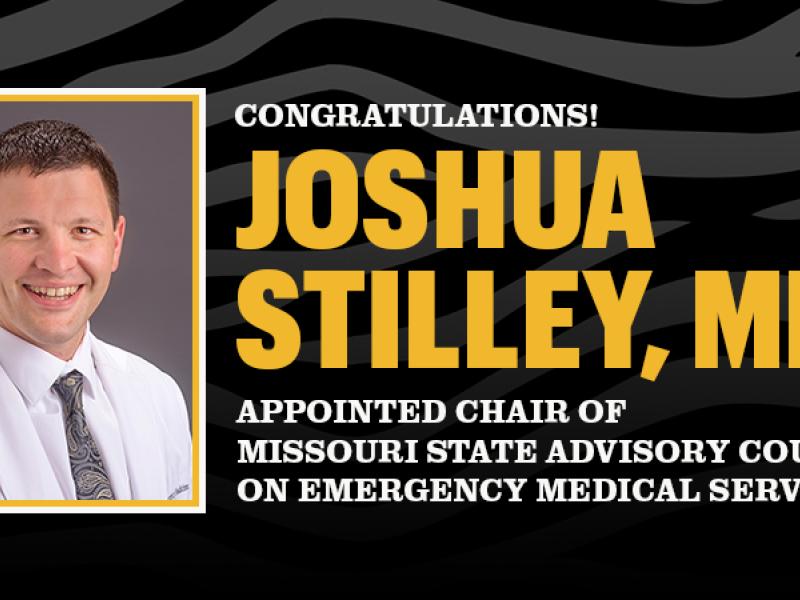Your Emergency Medicine education requires a variety of strategies and systems. Our residents learn through weekly conferences, monthly Journal Club, Asynchronous Learning options, online quiz programs and through patient care in the ED and throughout the hospital.
Conference
Didactic conferences occur each Thursday morning and run four or five hours in length. Didactics provide a multi-modal approach to learning and consist of lectures delivered by both faculty and residents utilizing both problem-based group learning and team-based case learning. Once monthly, simulation at the Shelden Clinical Simulation Center replaces traditional conferences where a broad range of simulation methods including high fidelity mannequins, task trainers, and hybrid/virtual reality enhance all phases of health care education. Sprinkled throughout the year are mock oral board sessions to help residents prepare for the Certifying Exam.
Asynchronous Learning and Guest Lectures
Asynchronous learning resources supplement conference didactics and allow residents to earn additional conference credit while studying independently. Residents are all provided access to online learning videos and question banks, including Rosh Review, HippoED, and EMCoach.
Attendings from other departments give expert content lectures. We are also fortunate to host several guest speakers each year.
Journal Club
Journal Club occurs on the third Tuesday of each month. Venues range from faculty member’s homes to various locales in and around Columbia. The evening typically consists of dinner, presentation of articles by residents, and then group discussion.
Clinical Education
Boot Camp
PGY-1 residents begin their training with Intern Boot Camp to ease the transition from fourth-year medical students to competent Emergency Medicine residents. Intern Boot Camp comprises a multitude of learning opportunities, including intern only lectures, procedure labs, simulation training sessions, and also gives them time to get to know each other. Interns work closely with senior residents during their first month in the emergency department to facilitate the transition from medical school to residency.
PGY-1
PGY-1 residents focus on building the foundation of their Emergency Medicine clinical knowledge and then applying it to recognize and manage critically ill patients through rotations both in and out of the Emergency Department.
- EM: 25 weeks
- Pediatric EM: 8 weeks
- OB/Gyn: 4 weeks
- Ortho Trauma: 2 weeks
- EMS: 1 week
- Medical ICU: 4 weeks
- US/Anesthesia: 4 weeks
- Vacation: 4 weeks
PGY-2
PGY-2 residents focus on honing their skills in the management of critically ill patients. From day one as a PGY-2, residents assume responsibility for managing patients in our four Resuscitation Bays. These patients include Class I and II trauma patients, STEMI alerts, Stroke alerts, and Class I medical activations. All rotations during PGY-2 year are either in the Emergency Department, in an ICU, or on an elective block.
- EM: 29 weeks
- Medical ICU: 4 weeks
- Surgical ICU: 4 weeks
- Pediatric ICU: 4 weeks
- Neuro ICU: 4 weeks
- Elective: 3 weeks
- Vacation: 4 weeks
PGY-3
PGY-3 residents focus on managing the flow of the Department and preparing for independent practice. While on shift, PGY-3 residents accept patient transfers to the ED, provide EMS medical control, and are expected to teach junior residents and medical students. Additional rotations are to experience rural EM, pursue elective interests, and experience the operational aspects of Emergency Medicine.
- EM: 40 weeks
- EM Electives: 2 weeks
- Med Ed/EMS/Administration: 4 weeks
- Vacation: 4 weeks





